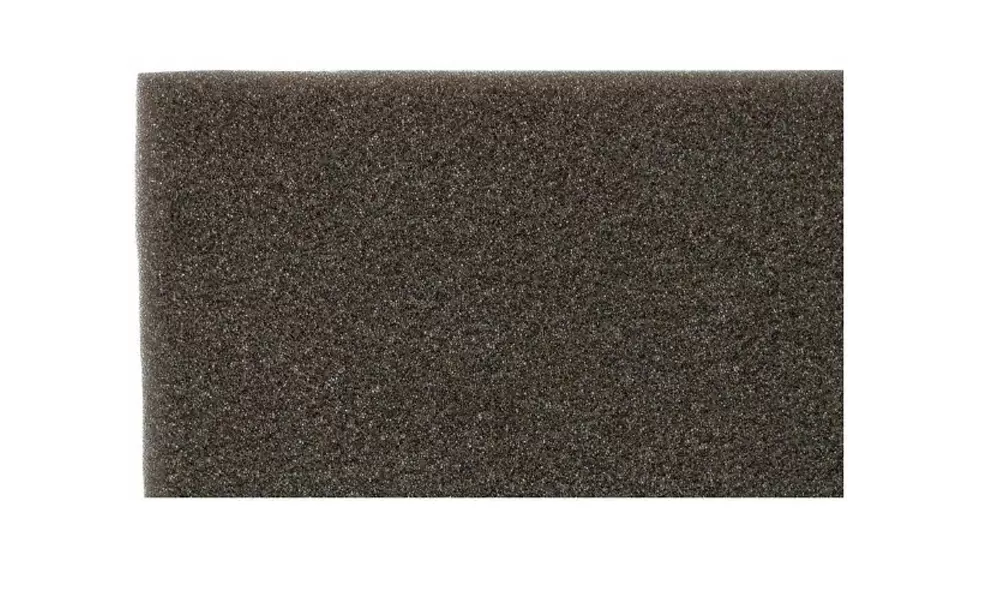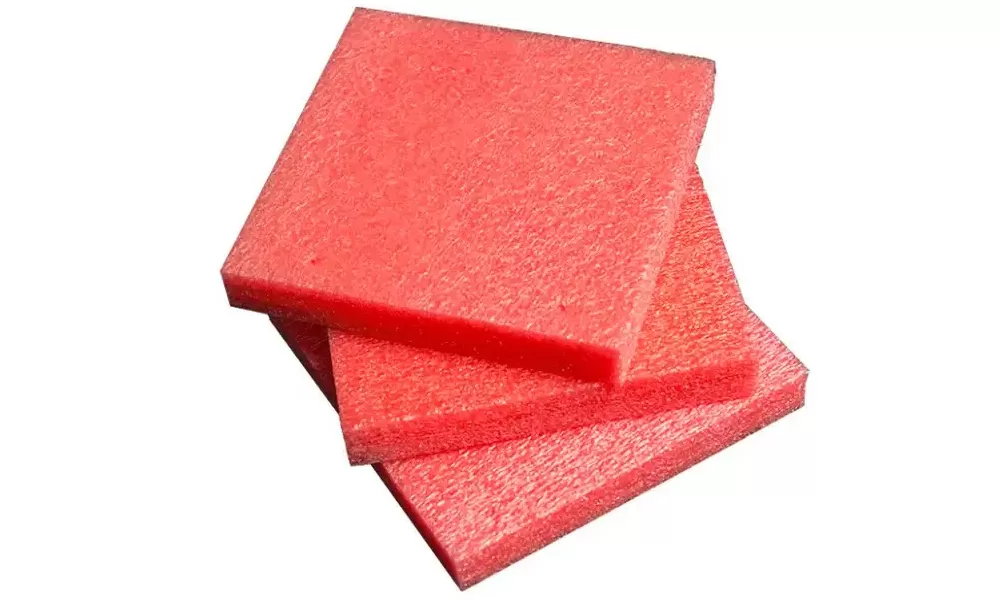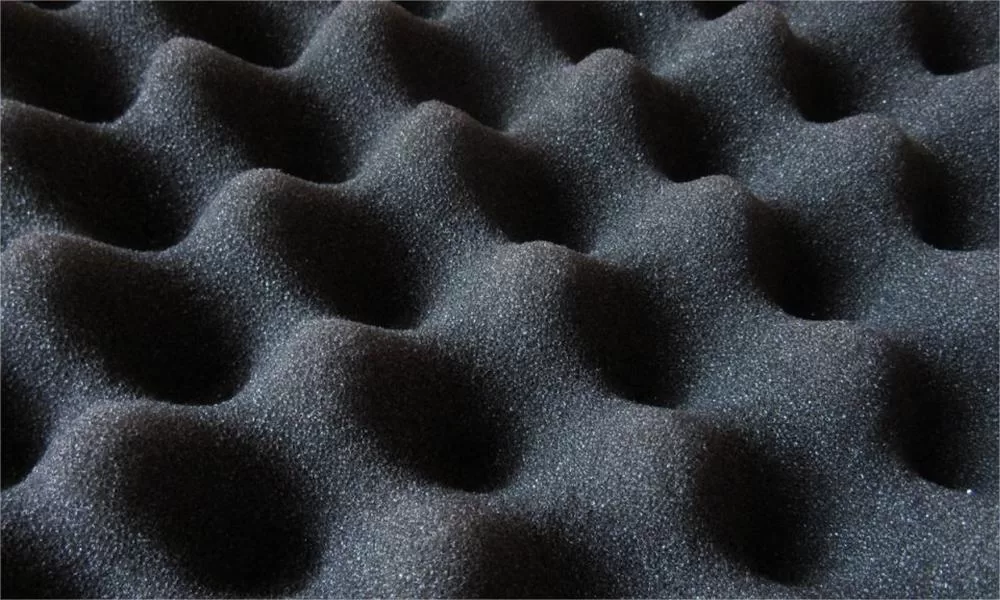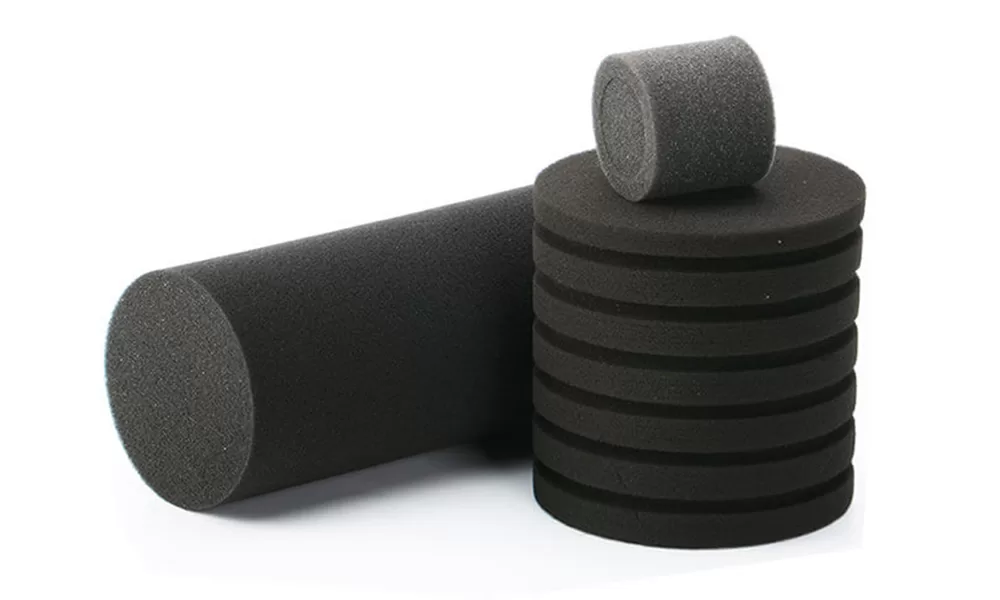Dans le vaste monde de la science des matériaux, peu de substances ont démontré autant de polyvalence et d’adaptabilité que la mousse de polyuréthane. Parmi ses différents types, la mousse de polyuréthane à cellules ouvertes se distingue par ses propriétés uniques et sa myriade d’applications. Cet article approfondit le monde de la mousse de polyuréthane à cellules ouvertes, mettant en lumière ses caractéristiques, ses avantages et ses utilisations potentielles.

Introduction
La mousse de polyuréthane, un polymère composé d'unités organiques reliées par des liaisons carbamates, est un incontournable dans diverses industries depuis des décennies. Sa capacité à s’adapter à des besoins spécifiques en a fait un favori parmi les fabricants et les consommateurs. L'une de ses variantes les plus intrigantes est la mousse de polyuréthane à cellules ouvertes, qui offre une combinaison de douceur, de respirabilité et d'adaptabilité.
Nature douce et flexible
Au cœur de l’attrait de la mousse à cellules ouvertes se trouve sa douceur et sa flexibilité inhérentes.. Contrairement à mousse à cellules fermées, la mousse à cellules ouvertes est rigide, dense et malléable. Cette douceur est attribuée aux parois cellulaires brisées de la mousse, lui permettant de se comprimer et de rebondir facilement. Cette propriété en fait un choix idéal pour les applications nécessitant un rembourrage, telles que les matelas, le rembourrage des meubles et certains composants automobiles.
La respirabilité : un avantage clé
L’une des caractéristiques les plus remarquables de la mousse à cellules ouvertes est sa respirabilité. Les pores interconnectés, résultant des parois cellulaires brisées, permettent à l’air et à l’humidité de circuler librement. Cela garantit que la mousse reste fraîche et sèche, un facteur crucial pour des applications telles que les matelas où l'évacuation de l'humidité et la régulation de la température sont essentielles au confort de l'utilisateur.
Isolation et valeur R
Si la mousse à cellules ouvertes présente de nombreux avantages, il est essentiel d’en comprendre les limites, notamment en matière d’isolation. Sa valeur R, une mesure de résistance thermique, est inférieure à celle de la mousse à cellules fermées. Cela signifie que même s’il peut isoler, ce n’est pas le meilleur choix pour les applications où une résistance thermique maximale est requise.
Valeur R est une mesure de résistance thermique utilisée dans l'industrie du bâtiment et de la construction. Il indique dans quelle mesure un matériau isole du transfert de chaleur. Plus la valeur R est élevée, meilleures sont les propriétés isolantes du matériau et sa capacité à résister au flux de chaleur.
En termes plus simples, si vous avez deux matériaux et que l’un a une valeur R plus élevée que l’autre, celui avec la valeur R la plus élevée sera un meilleur isolant. Cela signifie qu’il sera plus efficace pour retenir la chaleur à l’extérieur en été et à l’intérieur pendant l’hiver.

Le champion des poids légers
Dans la bataille du poids, la mousse à cellules ouvertes apparaît clairement comme la gagnante. Sa densité inférieure signifie qu’elle est nettement plus légère que la mousse à cellules fermées. Cette nature légère en fait un choix privilégié pour les applications où les considérations de poids sont primordiales, comme dans les composants automobiles ou aérospatiaux.
Rentabilité
Les considérations budgétaires sont cruciales dans tout processus de fabrication. La mousse à cellules ouvertes, généralement moins chère que son homologue à cellules fermées, offre une solution rentable sans compromettre la qualité. Son prix abordable combiné à ses performances en font un choix populaire parmi les fabricants.
Capacités d'absorption acoustique
La pollution sonore est une préoccupation croissante dans le monde urbanisé d’aujourd’hui. La mousse à cellules ouvertes, grâce à sa nature poreuse, sert d’absorbeur acoustique efficace. Sa structure lui permet d’amortir et d’absorber les ondes sonores, ce qui en fait un matériau incontournable pour l’insonorisation des studios, des théâtres et même des maisons.
Applications diverses
La polyvalence de la mousse de polyuréthane à cellules ouvertes est évidente dans sa large gamme d’applications. Des coussins de meubles aux panneaux d'insonorisation, et des composants automobiles à certaines applications d'isolation, sa présence est omniprésente. Sa capacité à s’adapter à des besoins spécifiques garantit sa pertinence continue dans diverses industries.

Conclusion
La mousse de polyuréthane à cellules ouvertes, avec ses propriétés uniques, s’est taillée une place dans le monde des matériaux. Sa combinaison de douceur, de respirabilité, d’absorption acoustique et de rentabilité en fait un matériau de choix pour beaucoup. À mesure que les industries évoluent et que les besoins changent, l’adaptabilité de la mousse à cellules ouvertes garantit qu’elle restera un acteur essentiel dans le paysage des matériaux pour les années à venir.

